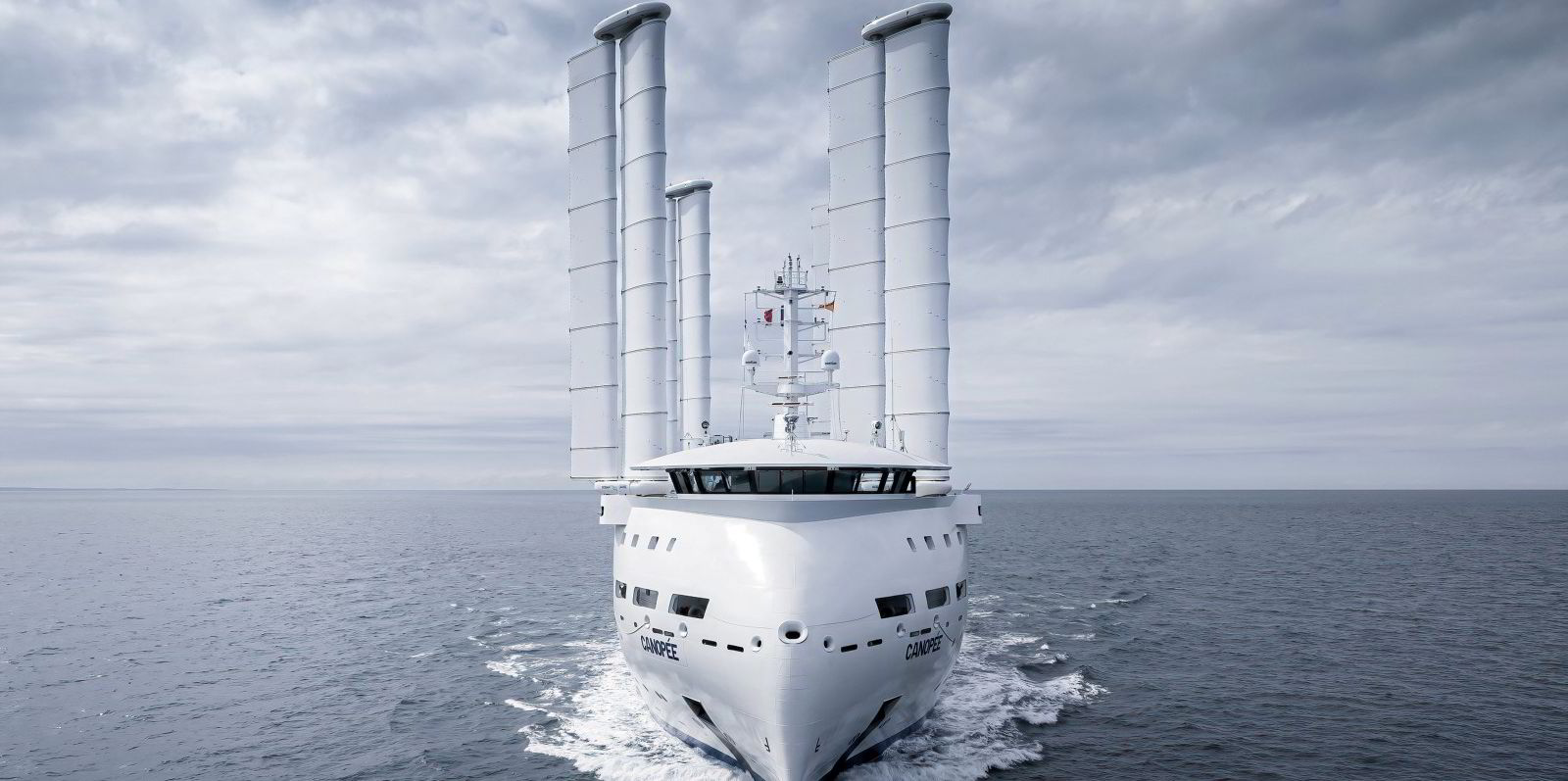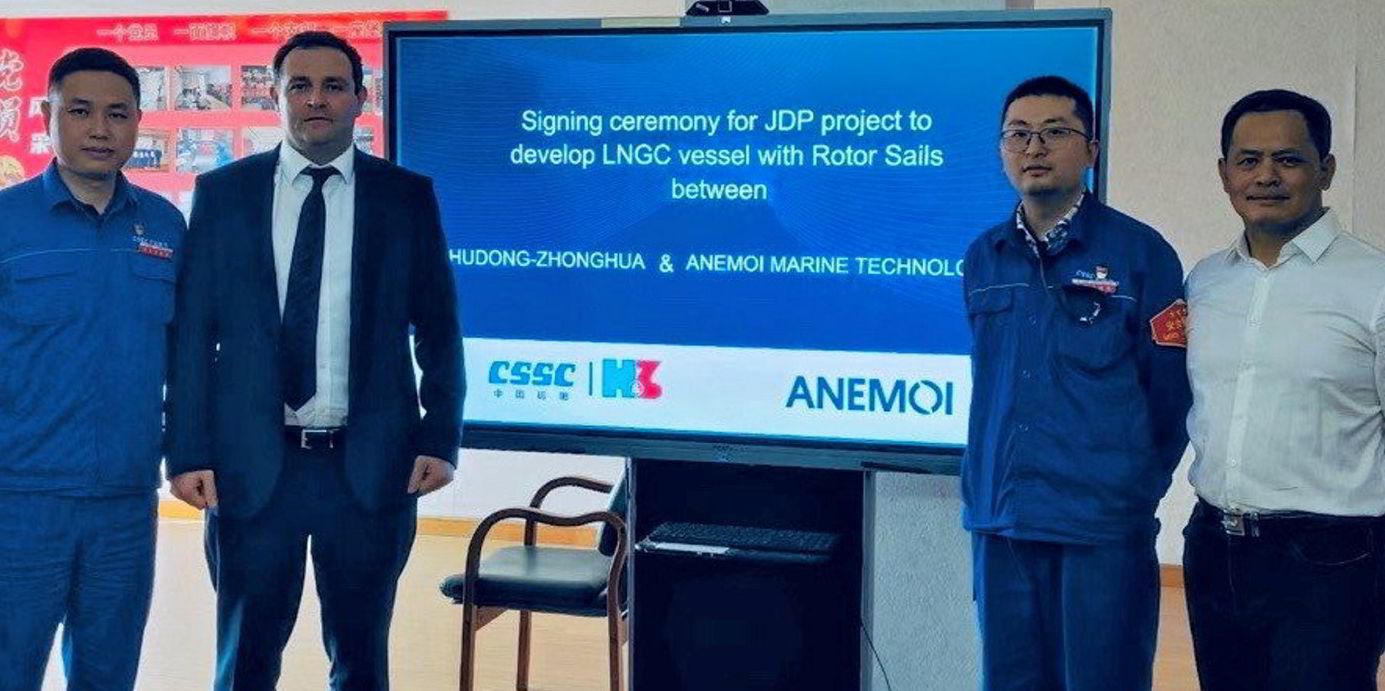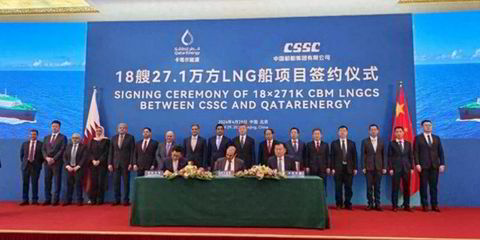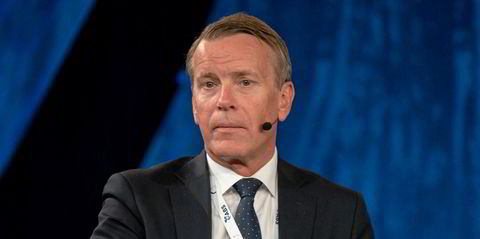Shipping is embarking on a technological revolution, but this is just the beginning.
As a growing crop of technology companies brings the solutions that will underpin shipping’s transition to a greener future, they face friction on their path to scale up their businesses. They need policies that drive demand for their products, a greater grasp of the threats of climate change and more clarity over the regulatory path ahead.
This Green Power edition of TW+ features 10 innovators in the maritime space. Most are inventing the technologies that will power shipping’s transition, while some are commercial innovators who are creating structures to support the demand that the tech companies need to scale up.

If you look at technology development alone, the maritime sector is making strides.
A report by UK consultancy UMAS and the United Nations Climate Change High-Level Champions, released by the Getting to Zero Coalition during the Global Maritime Forum’s annual summit in October, found that technology and supply progress are “partially on track” to achieve the International Maritime Organization’s green fuels goals for 2030.
The IMO’s July revision of its decarbonisation strategy calls for 5% of shipping’s energy to come from zero-emission fuels by 2030, in addition to a goal of net zero greenhouse gas emissions by around 2050 and a milestone reduction of 20% to 30% by the end of this decade.
The UMAS report looked at seven factors in technology and fuel supply progress towards the fuels goal and found all but one on track or partially on track.
Lead author Domagoj Baresic, a research fellow at University College London’s UCL Energy Institute, says multiple companies are working on ammonia safety, fuel cell developments and other technology areas, and the number of pilot and demonstration projects is cause for optimism.
“Innovation in technology, even in areas where we think we still need more technological improvement, is on the right trajectory,” he tells TW+.
The key concern leading to the one factor that is not on track is a lack of clarity about the ability of engine manufacturers and shipyards to deliver enough vessels with zero-emission engines by 2030 to meet the goal.
One thing that could help put that on track is more demand for alternative fuel engines, and demand is an area in which the UMAS-led report found that most measures are not on track.
Baresic says more optimism from shipowners or as a result of policy changes could send a signal to engine makers and fuel producers that there is a big enough market for alternative fuels.
“Some projects are planned but are still not under development, and these projects might go into development if there’s a demand for the fuel,” he says. “That’s where the interrelationship between the chicken and egg becomes quite important.”
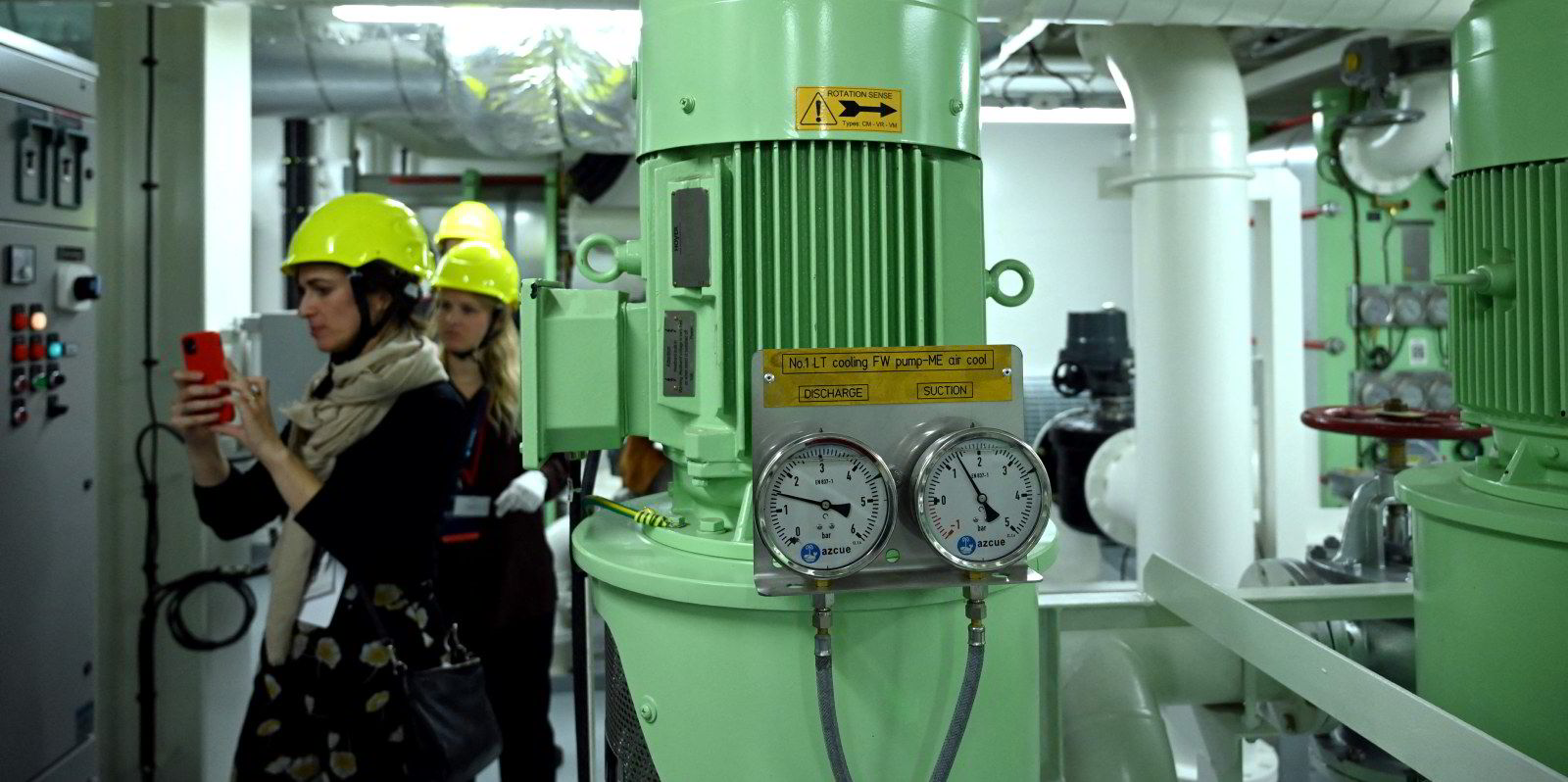
But the chicken-and-egg analogy goes both ways, and Baresic says demand for ammonia engines could change rapidly if they are approved and become available.
For Madadh MacLaine, secretary general of the Zero Emissions Ship Technology Association (Zestas), there is too much focus on internal combustion engines.
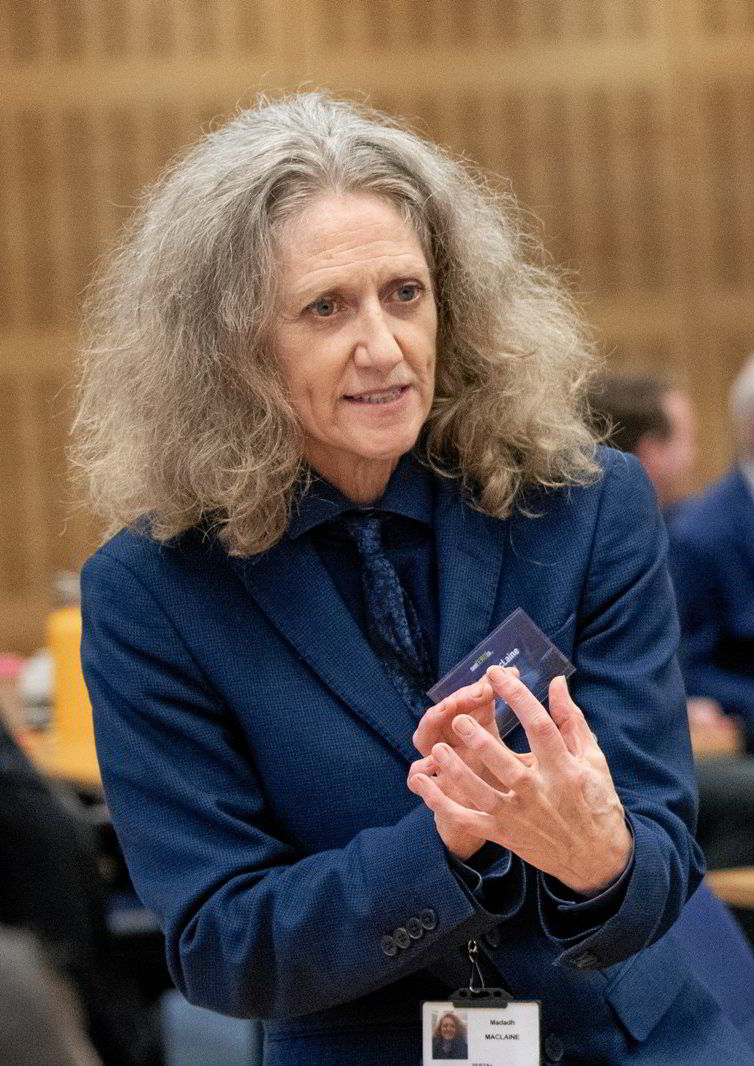
Zestas has told the IMO that zero-emission hydrogen fuel cell development is on track: the highest capacity for a polymer electrolyte membrane (PEM) fuel cell rose to 3.5 megawatts this year, up from just 300 kilowatts last year.
“If you look at the trend curve, this is increasing exponentially,” MacLaine tells TW+. “PEM fuel cells are the only power source on a vessel — other than, obviously, wind propulsion — that’s non-emitting.”
Her organisation is made up of developers of technology with an absolute-zero carbon footprint, and she says what is driving innovation among its members is finding a solution to the “existential crisis” of climate change. “So they are definitely putting planet before profit, though profit is a huge part of it, because the only way that they can be successful as a business is to be economically viable.”
But what do they need for market conditions that will allow them to have that economic viability? Clarity and honesty, MacLaine responds: “We need to get real around the level of the crisis that we’re facing, and we need to get real around what’s actually going to solve the problem.”
That means focusing on solutions that do not require polluting the ocean or those, like, methanol, that have carbon in their molecule.
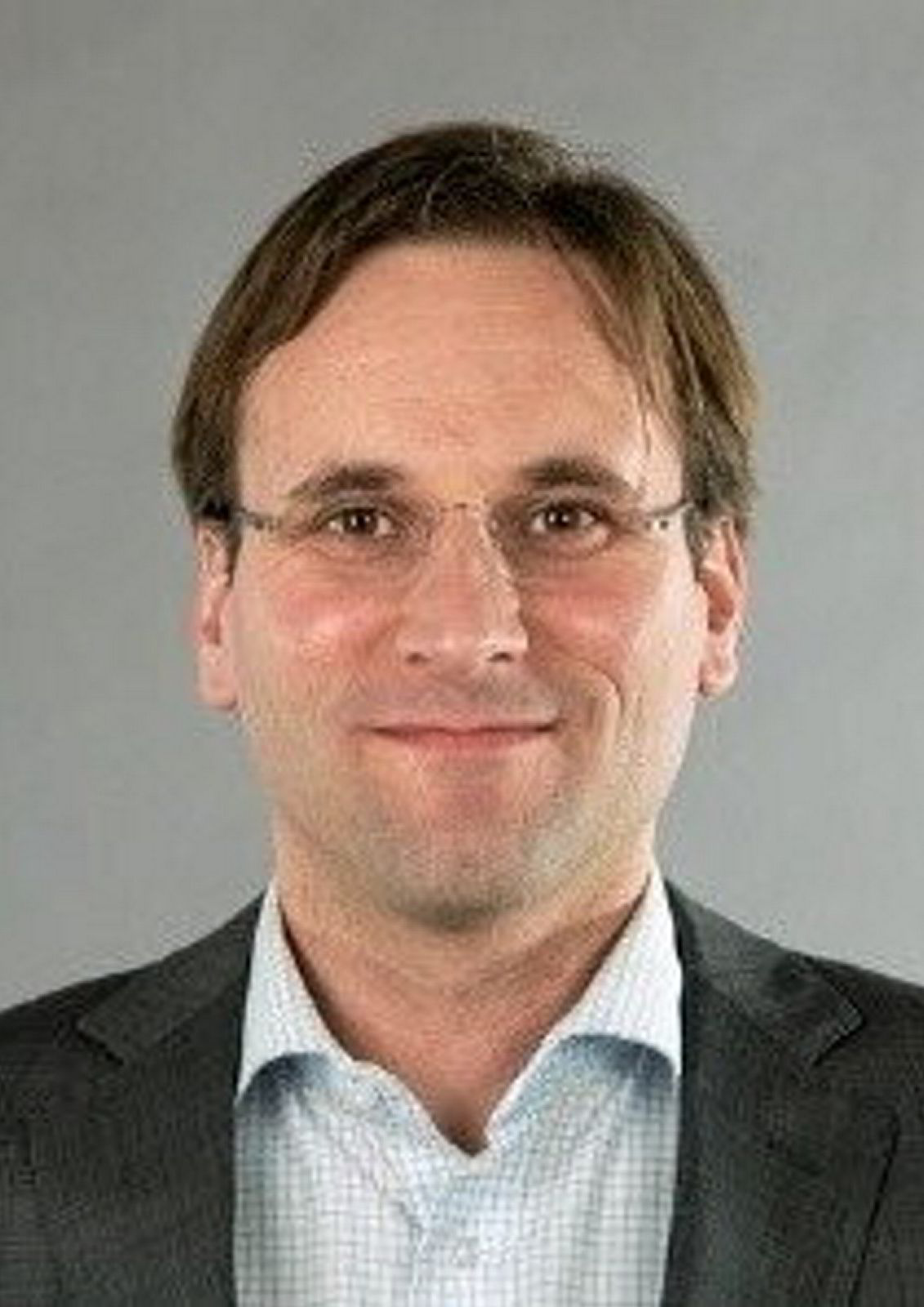
And she believes there needs to be regulation that requires uptake of zero-emissions technology, including policy mechanisms that deliver on the IMO’s new greenhouse gas strategy.
In the digital technology space, a growing number of companies are aiming to help shipping tackle its carbon footprint, including outfits focused on optimising voyages to save fuels or cutting down on wasted time in port.
There are so many, in fact, that Skysails Advisors maritime technology specialist Jochem Donkers says he has stopped counting and has received complaints from companies that wanted to be counted.
The digital maritime tech sector has been focused on saving fuel costs for operators, and that is becoming more important now as regulations such as the European Union Emissions Trading System shrink the spread between fuel costs and freight revenue.
“So in order to remain profitable as a shipping company, you have to be careful on how to optimise your fuel expense,” he says. “That’s your biggest cost in executing a voyage, so that’s what has been driving the tech climate in the scope of decarbonisation.”
Digital tech firms have proliferated in part because of what Donkers describes as the “friends and family” companies, which emerge from particular shipping outfits in a fragmented industry.
Those that take the lead are the ones that can scale up beyond a pilot and implement their platforms easily at different companies and in other segments of the industry.
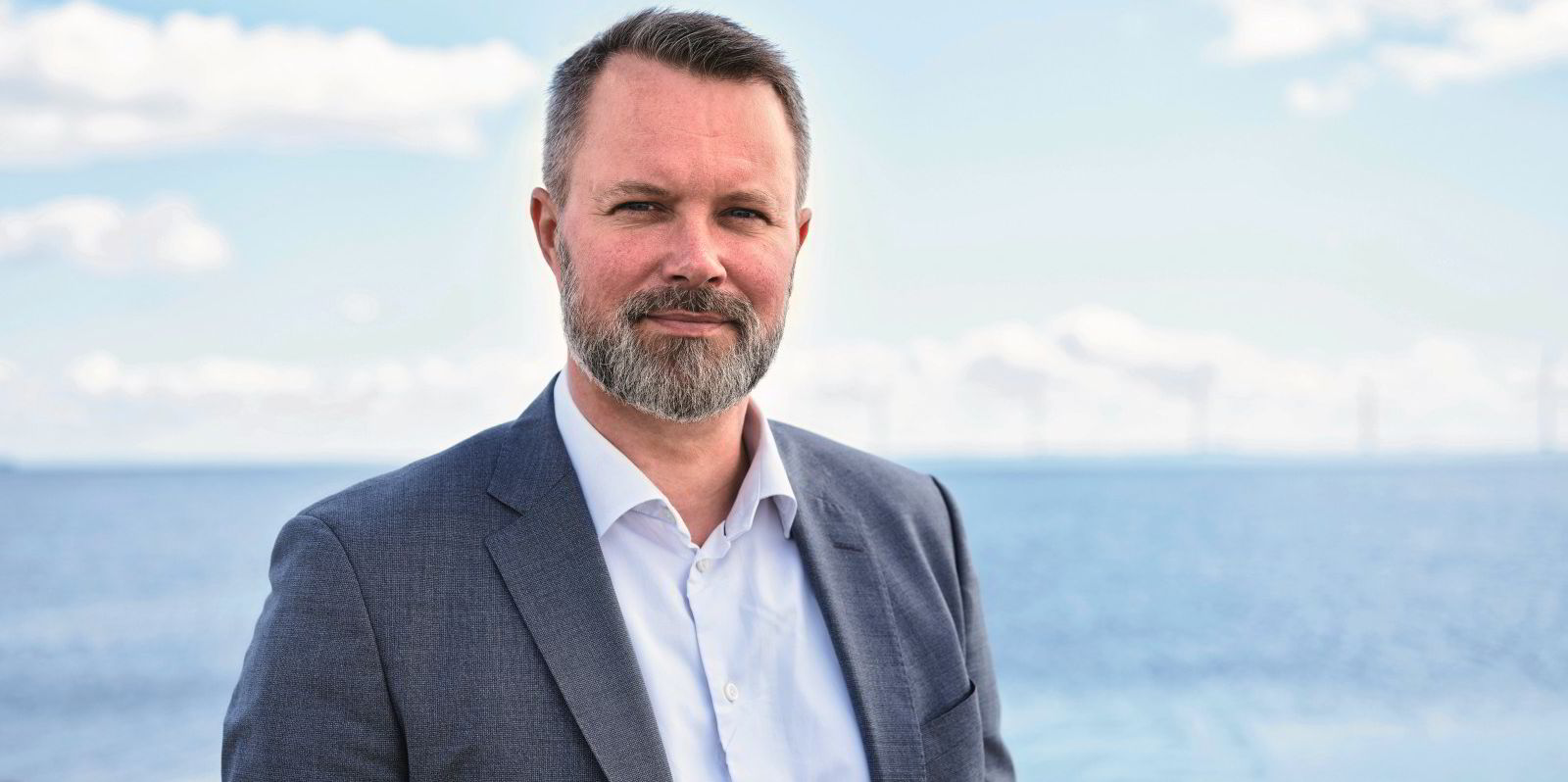
Although there are long-standing companies such as StormGeo that have a proven record, Donkers points to younger outfits that have demonstrated that they are leaders in technology but still have to show they have what it takes to be profitable in the long run.
“They are definitely driving it forward on the technology front. They bring innovation to the space, but they still have to create a business model around delivering this service,” he says.
The report carried out by UMAS the UN Climate Change High-Level Champions for the Getting to Zero Coalition found technology and fuel supply progress on track in three out of seven areas that are key to the IMO’s zero-emissions fuels goals.
| Pilot and demonstration projects | On track |
| Cross-industry collaboration on scalable zero-emissions fuels | On track |
| Key scalable zero-emissions fuels | Not on track |
| Government-energy industry collaboration | On track |
| Decrease in green hydrogen production costs | Partially on track |
| Increase in electrolyser and green hydrogen production capacity | Partially on track |
| Scale-up of scalable zero-emission fuel production | Partially on track |
